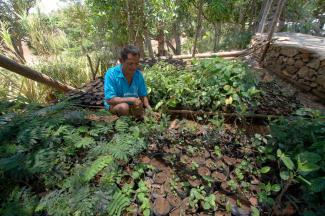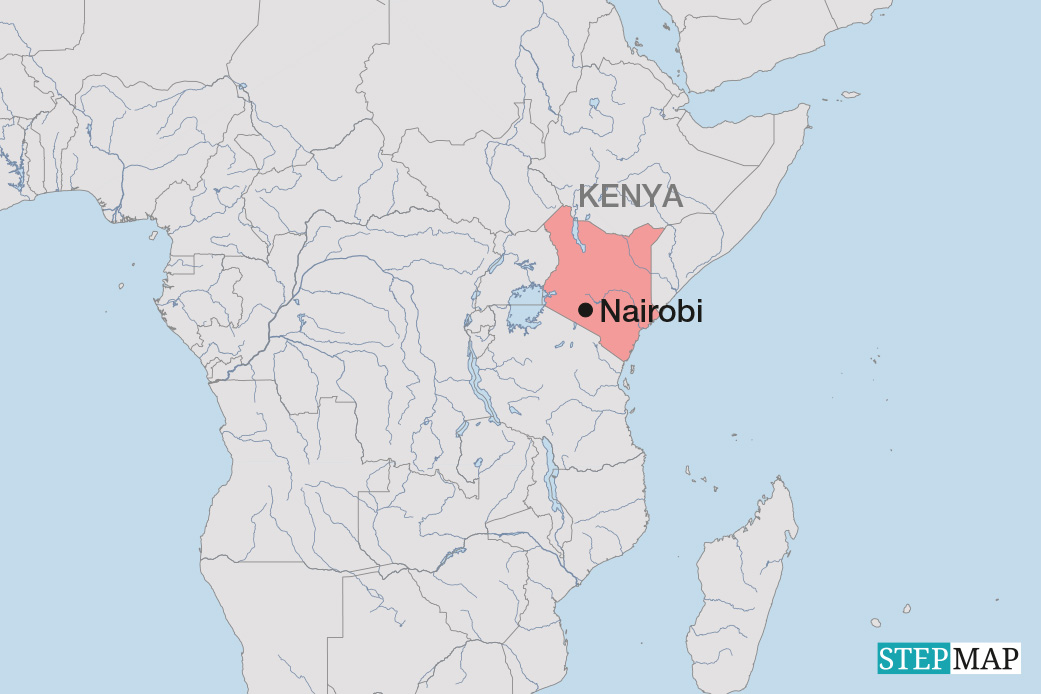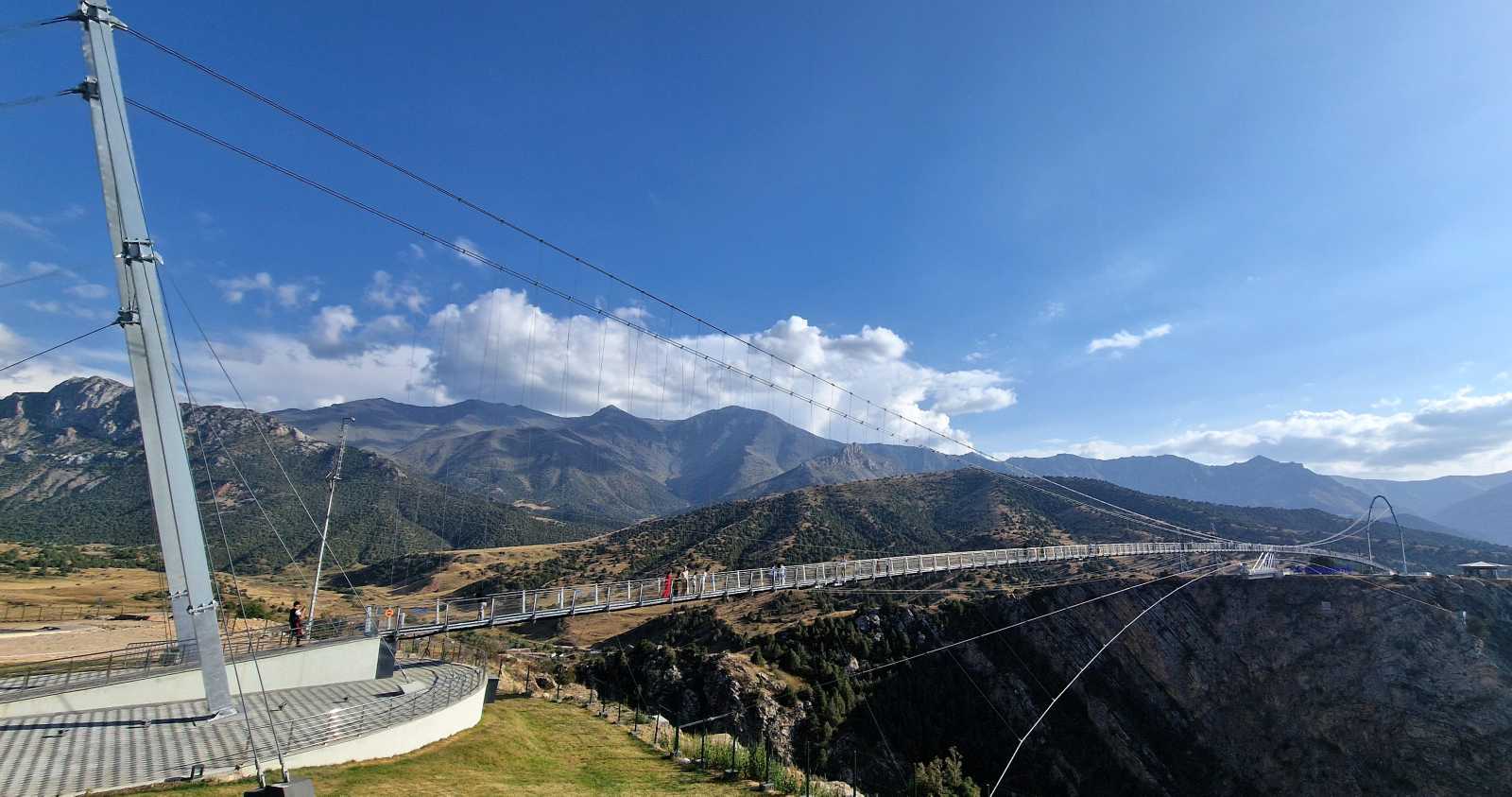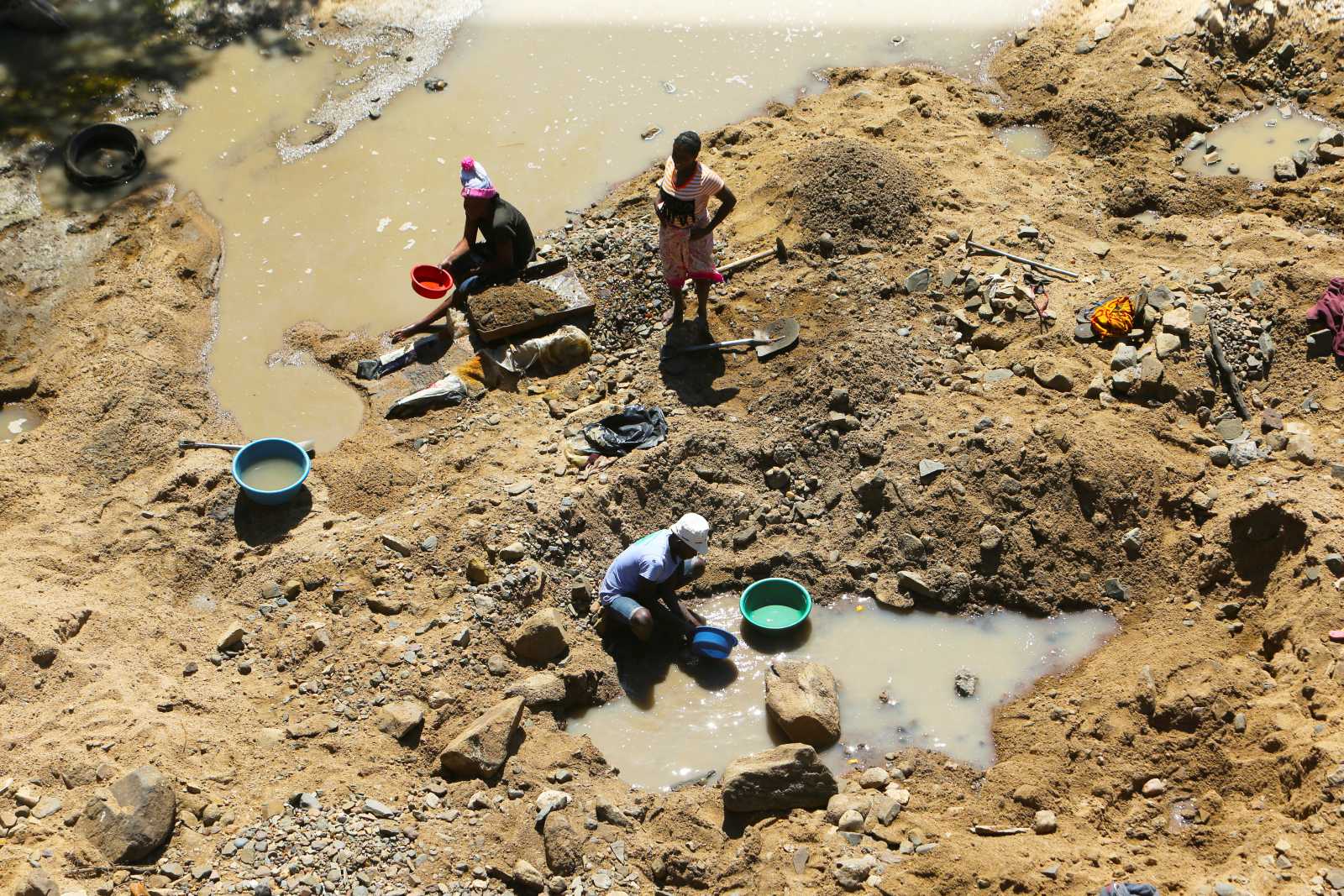Agriculture and biodiversity
Tackling the global land-use trilemma

Land has become a scarce good around the world. We use it for different purposes, of which three matter in particular in the debate regarding sustainability. They are:
- food security based on agriculture,
- the conservation of biodiversity and natural ecosystems in protected areas and
- climate mitigation through the afforestation of deforested places.
All three purposes are vitally important, but they compete for land, a rather limited resource. We are therefore facing a trilemma: choosing one of the three options means we risk neglecting the other two.
The problem becomes particularly obvious when we consider agricultural biodiversity. The conventional approaches of high-yield farming typically deplete fields’ biological diversity. One reason is the application of pesticides. To a large extent, the dramatic erosion of global biodiversity is thus a consequence of the land-use trilemma.
The good news is that the goals of high yields and safeguarded biodiversity do not rule each other out entirely. Indeed, they can become mutually reinforcing if and when land is used in an eco-friendly way. The trick is to make best use of – and even maximise – the ecosystem services which are provided, for example, by pollinators and other species. This is feasible, provided farmers pay more attention to biodiversity.
There are at least three relevant dimensions to biodiversity:
- the biodiversity of natural ecosystems and landscapes (“natural biodiversity”),
- the agricultural biodiversity (“agrobiodiversity”) of fields with typical flora and fauna and
- the biodiversity of plant and animal races that farmers breed (“genetic resources”).
As we are witnessing a mass extinction in regard to each and every one of these dimensions, experts are sounding the alarm. To tackle the dilemma of land-use, it is helpful to focus on the first two dimensions because they compete for land with one another.
Destroying natural biodiversity
Agriculture is indispensable because it provides humanity with food. It has always led to land-use changes. As in earlier times, these changes still go along with carbon emissions and a reduction of biodiversity.
Large-scale deforestation with the goal of clearing arable land typically occurs in countries with low yields per acre and fast population growth. Both trends are evident in the vast majority of sub-Saharan countries. In most cases, cleared land is used to produce plants to feed the people. National food security is supposed to be achieved that way. However, this approach generally degrades land quality. Soils become less fertile because smallholder farmers are usually too poor to invest in restoring nutrients. Insufficient fertilisation results in low productivity – and then causes further deforestation as people need to clear additional fields.
On the other hand, large-scale deforestation also occurs in countries that export agricultural commodities. Brazil is a prominent example. It is well known that rainforests are burned down so the cultivation of soy and other kinds of animal feed can be expanded. These commodities are grown for exports to Europe and other advanced economies where farmers need them.
In this way, global trade is allowing an increasing number of people to rely on diets based on meat and other animal products. The trend started in advanced nations and has spread to urban areas everywhere. One result is that about 2 billion people are now overweight.
In Germany, the world’s leading pork exporter, more than 60 % of agricultural land is currently used for growing animal feed and live-stock farming. If Germans based their diets on cereals and soy instead, large areas could serve the conservation of natural biodiversity.
Destroying agrobiodiversity
Current agricultural methods are not only destroying natural biodiversity however. The biodiversity of fields is being depleted as well. A multitude of herbs and grasses is affected, and so are insects including bees and other pollinators. Tiny animals and microorganisms in the soil are being harmed as well.
In prosperous nations, industrial-scale agriculture has caused massive damage. It depends on intensive application of chemicals. It does not do much crop rotation, but relies on huge amounts of fertiliser, liquid manure and pesticides like Glyphosate to ensure that only the high-yield cultivar will thrive.
Chemical residues and excessive use of fertiliser, moreover, do not only affect the field and its soil. They contaminate surrounding areas. Impacts are evident kilometres away. For example, groundwater is polluted with nitrate, with biodiversity-diminishing impacts on rivers, lakes and even the sea.
Industrial-scale agriculture is marked by considerable inefficiencies and leakages. Animal husbandry, extravagant fertilisation and excessive use of pesticides thus threaten both natural biodiversity and agrobiodiversity.
It would be wrong, however, to believe that low-input agriculture automatically leads to greater agrobiodiversity. Unless farmers restore nutrients to the soil by applying biomass, manure or mineral fertilisers, they degrade the fields. The biodiversity of the soil suffers, and eventually only particularly resilient, but largely useless weeds remain. Diminished soils, moreover, are especially exposed to erosion, with organic matter being blown away or washed away. When that happens, farming communities typically respond by clearing additional arable land, and the vicious circle keeps spinning.
Stopping the erosion of species
If we want to rise to the challenges, we do well to remember that abundant biodiversity is not just a goal in itself. It is actually a blessing to human beings thanks to a broad variety of ecosystem services. Pollination and metabolism are prominent examples. Others are the balance of predators and prey, top-soil development and water bodies’ capacity for self-purification. Every one of these ecosystem services is indispensable for farming (see Sundus Saleemi on on our D+C/E+Z platform). Replacing them technologically would be impossible – or at least prohibitively expensive.
Nonetheless, we have mostly neglected the ecosystem services that result from the diversity of species. The reason is probably that we benefit from those services without payment or effort. Humans are used to taking ecosystem services for granted without any input of our own. Typically, we do not even notice them. However, awareness is slowly growing for how ecosystem services are being diminished.
The first step to protecting –and eventually expanding – those services, is take their value into account (see Katja Dombrowski onour D+C/E+Z platform). We must rise to this challenge.
Mass extinction is currently affecting both natural biodiversity and agrobiodiversity. To improve matters, we need radical change at the global level. We must not only safeguard natural ecosystems, but also diversify what is happening in agriculture. Multi-cropping is the indispensable alternative to monocultures. While we keep maximising yields at any cost, we must still strive for high yields. Otherwise, the clearing of additional arable land will continue. That land, however, must be reserved for natural ecosystems.
The global transition to sustainable land-use will thus hinge on multipurpose strategies in agriculture as well as other sectors. Agroforestry approaches, for example, link agriculture and forestry. It is possible to expand conservation areas while still permitting specific forms of farming. Even in restored peatlands, paludiculture is feasible, so farmers can indeed grow some crops. Multipurpose strategies offer the key to a sustainable future.
Ending inefficiencies around the world
At the same time, we must put an end to insufficiencies. An option in low-yield areas such as sub-Saharan countries is to systematically combine mineral fertilisation and organic manure to ensure soil nutrients are restored appropriately. Such an approach will not only lead to higher yields, but will also facilitate more biodiversity both on fields and in wildlife. Further clearance of land will be avoided, and field vegetation will become more diverse and abundant. Prosperous economies, on the other hand, must end inefficiencies by reducing the application of chemicals (see graph).
Last but not least, we must question current patterns of land-use in countries where industrial-scale agriculture is common. It is high time that famers focused on immediate human needs rather than live-stock farming, such as the production of pigs in Germany, for example. Such a policy shift will solve several problems. Less land will be needed to produce animal feed. The degradation of land through the application of liquid manure will be reduced. People’s diets would become healthier, with meat prices rising. As a pleasant side-effect, more space will become available for conserving biodiversity and mitigating the climate crisis.
From agricultural policy to ecosystem policy
To rebalance global land-use in ways that facilitate sustainability, we need an appropriate policy environment. One option is to reform the existing policies such as the European Union’s CAP (common agricultural policy) or African countries input subsidy programmes (ISPs) in ways that establish something like a “Shared Ecosystem Policy” (SEP). To tap the full potential, policymakers must take a comprehensive approach, not only reconsidering agriculture, but reconciling it with all other forms of land-use. The best possible results will be achieved if policymakers emphasise the benefits of eco-system services.
To tackle the land-use trilemma, we thus must focus on synergies in a holistic perspective. Doing so will require a shared policy framework.
At regional levels, it is possible to take what is called an “integrated landscape approach” by involving various stakeholders. This term stands for negotiating land-use compromises within specific, locally and culturally defined regions in ways that reconcile economic, social and environmental requirements.
We must also consider long-distance interactions, of course. After all, rainforests are burned down in the global south to enable livestock farming in the global north. Distributive justice is important too, so we will need a new sense of solidarity spanning urban and rural communities internationally. Nothing less is needed than a new mindset everywhere. We have no time to lose. Let’s go!
Reference
German Advisory Council on Global Change (WBGU – Wissenschaftlicher Beirat der Bundesregierung Globale Umweltveränderungen), 2021: Rethinking land in the anthropocene – from separation to integration.
https://www.wbgu.de/en/publications/publication/landshift
Susanne Neubert is an agronomist, ecologist and director of Humboldt University’s Centre for Rural Development in Berlin. She is a co-author of the flagship report on land-use which the German Advisory Council on Global Change published recently.
susanne.neubert@agrar.hu-berlin.de








